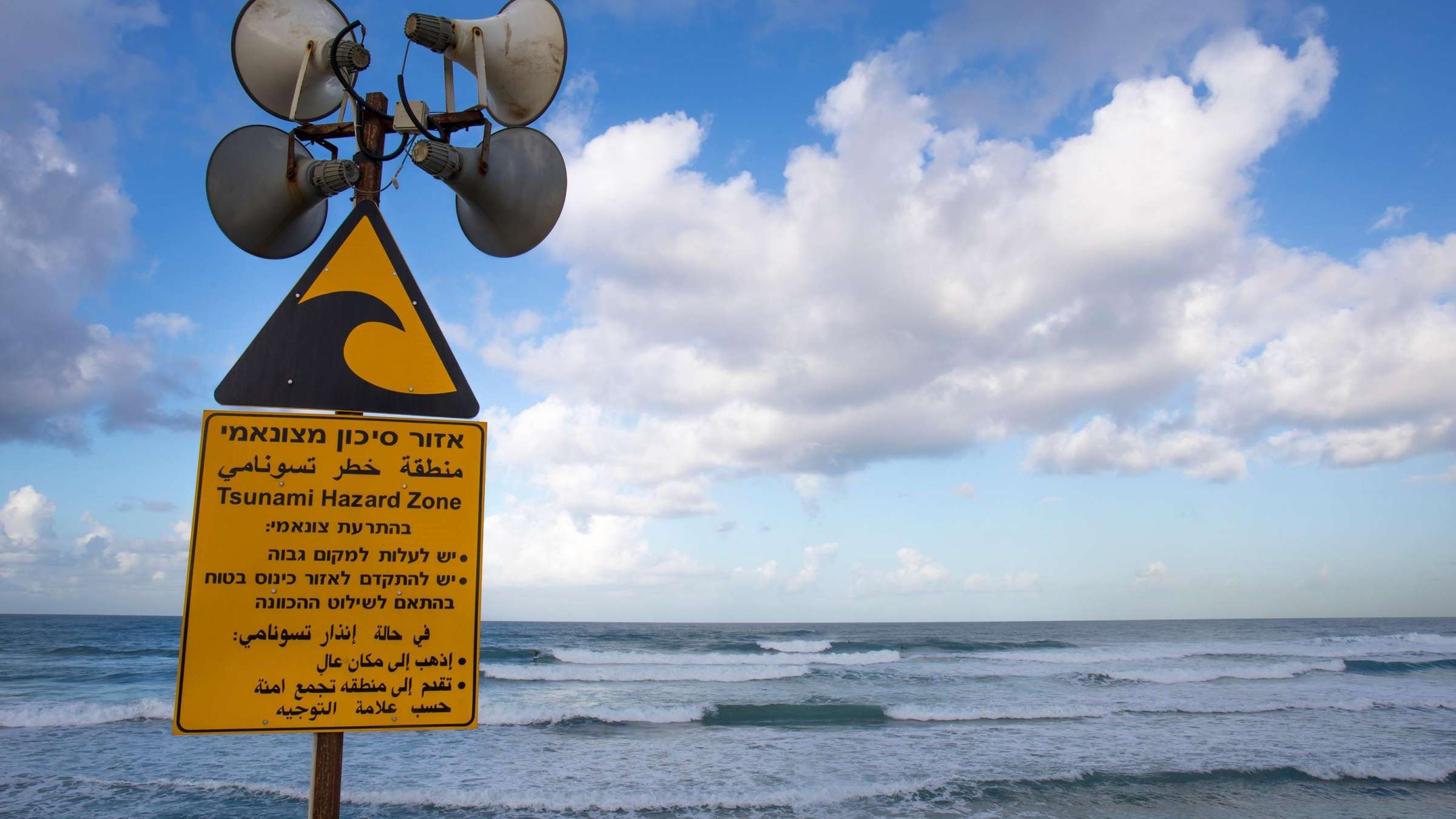Head of UNDRR message on World Tsunami Awareness Day 2023

Tsunamis can in an instant destroy entire towns and erase decades of development.
This makes them one of the deadliest and costliest hazards. And their impact is uneven.
The poor and those facing inequality are often the hardest hit by tsunamis, with impacts that linger long after the waters recede.
And it is not only the poor who suffer more. Tsunamis also prey on inequalities created by societal barriers, especially on women and persons with disabilities.
For example, in four villages in Indonesia, it was found that the 2004 tsunami killed four times more women than men.
And in Japan, following the 2011 earthquake and tsunami, authorities reported that persons with disabilities accounted for nearly 25% of the deaths in three prefectures, even though they accounted for 7% of the population.
The goal of fighting inequality in disasters is not to see everyone impacted equally but to ensure that no one is impacted at all.
This starts by addressing the root causes of vulnerability.
That is why we are dedicating this year’s World Tsunami Awareness Day to the theme of “fighting inequality for a resilient future.”
And we can’t reach that future if we do not adopt a whole-of-society approach to disaster risk reduction that leaves no one behind.
Thank you.
Is this page useful?
Yes No Report an issue on this pageThank you. If you have 2 minutes, we would benefit from additional feedback (link opens in a new window).